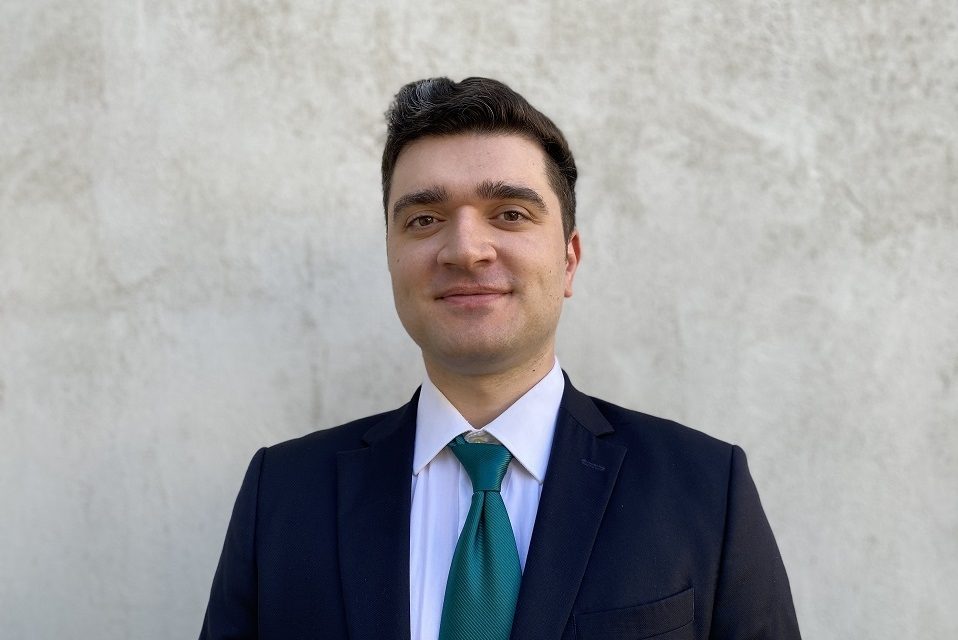Horváth: Romania will invest 400 million euros in digitization projects in the health system, less than half compared to Poland

Romania has planned investments of 400 million euros in projects to digitize the health system, through funds from the National Recovery and Resilience Plan (PNRR) formulated in response to the crises caused by the Covid-19 pandemic.
According to Horváth, an international management consulting company, this amount represents less than half of the budget allocated by Poland, another beneficiary of PNRR, which has planned investments of one billion euros in the digitization of the health system. Romania decided that, out of the total of 29.2 billion euros, received from the European Union through PNRR, 2.45 to be directed to the field of health. This budget is one of the largest in Central and Eastern Europe for the health sector. The study carried out by Horváth, in the first part of this year, aims at the use of funds from PNRR in the health system of six European countries: Poland, the Czech Republic, Slovakia, Hungary, Romania and Croatia.
Our country has declared its intention for a significant part of the 2.45 billion euros allocated to health (1.9 billion) to go to the renewal of infrastructure, through projects such as modernization of existing hospitals and construction of new ones, as well as the purchase of modern medical equipment. .
Regarding the digitalization of the medical system, Romania is preparing projects related to the consolidation of telemedicine, the improvement of the digital infrastructure of public health units, mobile patient monitoring systems and technical assistance for the development and integration of digital health solutions. By comparison, Poland is investing more than double our country’s budget in advanced projects such as Artificial Intelligence for medical analysis and diagnosis.
“Digitalization is a vital component for modernizing the medical system. Investments in this segment are very important, especially if we consider that the field of health in Central and Eastern Europe is at a much lower level of development than the rest of the EU Member States. For example, Eurostat data from 2018 show that mortality caused by preventable or treatable diseases is 70% higher in countries like Romania and Hungary, compared to the EU average. Among our neighbors, the Czech Republic had, in 2018, the lowest mortality rate, which was only 9% above the European average, with 297 deaths per 100,000 inhabitants. Therefore, it is necessary for Romania to develop a coherent strategy through which the generous budget allocated to the health field is correctly distributed. It is obvious that the local health system needs substantial investments, but the implementation of the funds allocated through PNRR will certainly be a challenge. Romania’s rate for absorbing European funds is 33% for the period 2014-2020, the second lowest in Eastern Europe, after Croatia. At the opposite pole is Poland, with 45%, for the same interval “, explained Constantin Pelehra, Horváth’s representative.
Also, health expenditures, adjusted to the purchasing power of the population, placed Romania on the last place, among the six states analyzed in the Horváth research, despite a 45% increase, between 2015 and 2018. Thus, our country spent 1,210 euro / capita in 2018, while the Czech Republic, 2,280 euro per capita in the same year. Slovakia, Hungary and Poland each reported more than 1,510 euros per capita, and the EU average was 3,080 euros per capita.
Romania is the only state, out of the six included in the Horváth analysis, which intends to use the total grants and loans accessible through PNRR, reaching the amount of 29.2 billion euros. The Czech Republic will get 7.1 billion euros through PNRR, Hungary should take 7.2 billion euros, and Slovakia, 6.6, billion euros, and none of these countries will use loans. Croatia, which will receive 6.5 billion euros, and Poland, which will access 36 billion euros, have defined their plans with two-thirds grants and one-third loans. The national plans of Croatia, the Czech Republic and Slovakia have already been approved by the European Commission. Poland and Romania are awaiting approval, and the evaluation for Hungary is currently suspended.
“The study we conducted aimed to compare the performance of health systems in Central and Eastern Europe and to identify the level and objectives of funding in the field of health in the PNRR and how they contribute to reducing the performance gap. The PNRR funding strategy is formulated to help close the gap in the performance of health systems in Central and Eastern Europe compared to those in Western countries. The extent to which this will be achieved depends on the success of the definition and implementation of the project portfolio “, concluded Constantin Pelehra.
















